
Volvo S90 Saloon engines, drive and performance
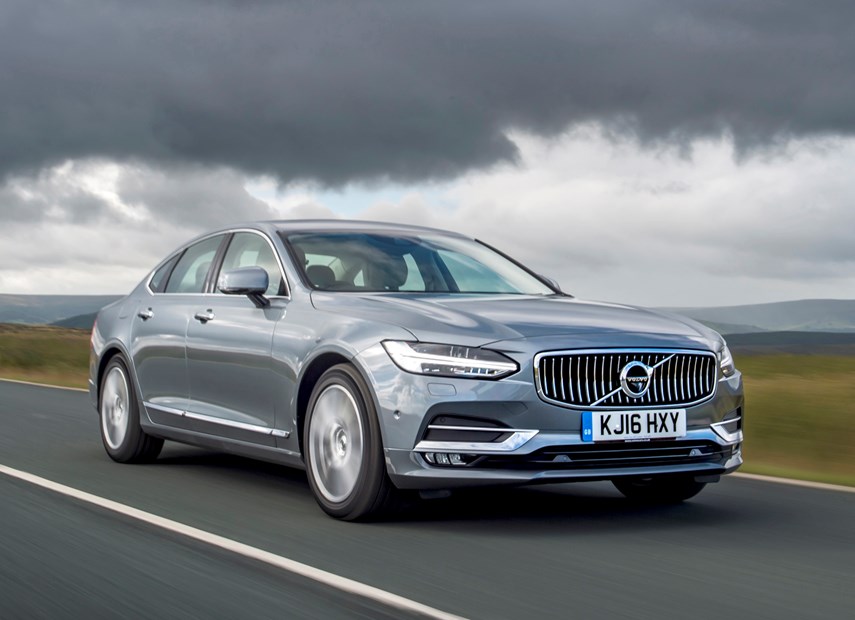
- Four-cylinder engines only
- Front- or all-wheel drive
- All come with automatic gearbox
The engines offered on the S90 saloon are the same as those found in the V90 estate. These include a pair of diesel engines, two petrols and a plug-in hybrid petrol-electric variant. All have a 2.0-litre capacity, four cylinders are are boosted via turbochargers.
Regardless of which engine you choose, Volvo has announced that all Volvo S90s from 2020 will have an electronically capped top speed of 112mph – higher figures mentioned below are for versions built up to that point.
Volvo S90 diesel engines
There are two different power outputs for the diesel-powered Volvo S90. Most popular is the front-wheel drive D4. Producing 190hp and 400Nm of torque, it completes the 0-62mph sprint in 8.2 seconds and go on to reach a top speed of 140mph.
This engine can feel gruff and noisy at low speeds, but it smooths out on a cruise. It doesn’t feel woefully underpowered, but you will have to work it hard if you attempt to match the on-paper performance figures.
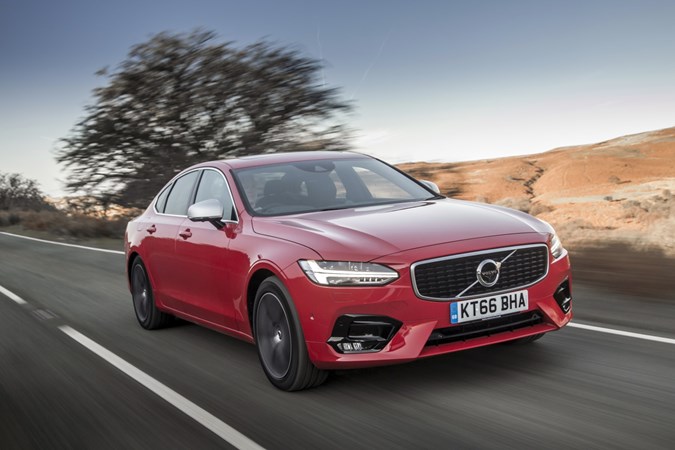
The more powerful option is the D5 PowerPulse, which produces 235hp and 480Nm of torque – overall it’s a much better all-rounder than the D4 if your budget will stretch that far. It’s an all-wheel drive (AWD) set-up and will launch from 0-62mph in 7.3 seconds, topping-out at 145mph.
PowerPulse refers to the technology used in the D5 – featuring a tank of compressed air that helps the turbocharger spin faster when driving at low revs. When the driver demands more from the car under hard acceleration, this is used to reduce the amount of delay – known as turbo lag – in power delivery you might find ordinarily.
It’s an effective system, with the D5 gaining speed smoothly and quickly with little fuss and without too much lag. There’s an appreciable amount of surge rather than a real kick in the back, but the S90 gathers pace effectively in a very civilised manner.
Volvo S90 petrol engines
There are two petrols on offer, although the entry-level version was the sole choice earlier in the S90’s lifecycle. That less powerful motor, badged T4, produces 190hp and 300Nm of torque. This is front wheel-drive only and will take 8.7 seconds to go from 0-62mph. Top speed is 130mph.
Making a better first of the S90’s heft is the punchier T5 thanks to its lustier output of 250hp and 350Nm of torque from 1,800-4,800rpm – that broad spread makes it particularly flexible and relaxed for cruising. Volvo quotes a top speed of 140mph and a 0-62mph benchmark of 6.8 seconds, making it the second-quickest of the S90 line-up.
Both petrol engines exclusively drive the front wheels.
Volvo S90 plug-in hybrid
Badged T8 Twin Engine, the plug-in hybrid (PHEV) comes with standard AWD and a combined power output of 390hp and 640Nm of torque. A petrol engine producing 303hp and 400Nm of torque works alongside an electric motor; adding 87hp and 240Nm of torque.
The petrol engine drives the front wheels, while the electric motors power the rears. Not only is this the cleanest S90 but also the fastest – top speed is 155mph and 0-62mph takes 4.8 seconds. This is all despite the T8 being the heaviest, breaking the two-tonne barrier. Its performance impresses, but unless you spend a lot of time driving in city centres in order to maximise the effectiveness of the battery power, this is a thirsty S90.
Automatic transmission only
If you’re a lover of manual gearboxes, the S90 isn’t for you. As with many large executive saloons, the Volvo is available exclusively with an automatic gearbox.
If you take a relaxed approach, it’s smooth and responsive – suiting the S90’s laidback nature rather well, but if you demand too much of it and drive more enthusiastically, smoothness is replaced with a jerky experience that feels at odds with the car’s chilled-out vibe.

We found on several occasions either when overtaking or pulling out at roundabouts, it can become flustered and late to respond when you ask for power and floor the throttle.
The Volvo S90 is not the only car to suffer from this (think Jaguar XF for example), and despite the lack of steering-wheel-mounted paddles to manually override the gearbox, you can do so by nudging the gearlever to the left instead. This can cut down on the waiting time required for the gearbox to automatically change down a gear when overtaking.
Volvo S90 driving modes
A drive mode selector gives all models a choice between Eco, Comfort, Dynamic and Individual driving modes. Each of these adapt the accelerator, gearbox programming, steering weight and, where fitted, adaptive suspension system.
The T8 offers a different set of modes: Hybrid, Pure, Power, AWD and Individual. Hybrid allows the driver to use both petrol and electric power, while Pure will drive the S90 solely on electric power for up to 28 miles.
Power combines both applications to bring out the best performance from the two motors, while AWD will switch to full-time all-wheel drive.
Individual allows the driver to choose between a range of parameters from each of the modes.
Ride and handling
- Not as sharp to drive as a BMW 5 Series
- Body control is good
- Choice of driving modes
Volvos aren’t renowned for engaging driving experiences in the same way as a BMW may be, focusing more on comfort than sporty handling. The S90 isn’t any different, but it’s Volvo’s refreshingly honest and open awareness that its customers value comfort over engagement that makes the S90 unique in its class.
There’s little communication between the steering wheel and front wheels for drivers wanting an involving driving experience, but the steering itself is well-weighted at least, and fits in with the car’s relaxed nature.
The way the car drives hinges significantly on the suspension and wheel set-up. The entry-level Momentum model with soft springs and smaller wheels suits the S90’s relaxed character best, suffering from the most amount of body control.
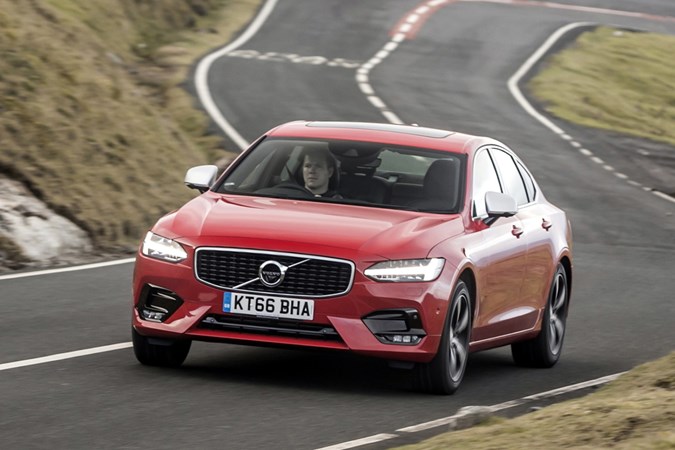
Sportier R-Design with its stiffer springs and larger wheels make for a much firmer ride. It doesn’t quite suit the S90’s comfort-biased nature and yet the compromise for handling isn’t enough to out-handle a BMW 5 series.
Inscription models predictably balance between the two for handling, but there is a caveat worth considering (read comfort below). If you seek further grip, an all-wheel drive system is fitted on the higher-powered diesel and Hybrid models.
There’s a choice of driving modes available: Eco, Comfort and Dynamic. Each of these tweak the throttle response and the weight of the steering. It also affects the stiffness of the ride on cars fitted with the optional air suspension, which we’ve sampled on the V90 estate.
All-wheel drive models also have a specific AWD mode to keep the system driving all four wheels. There’s impressive levels of grip which inspires confidence when cornering at speed, but if you push too hard the front of the car will wash wide. However you can feel the car shifting power around to help you trim it back into line.


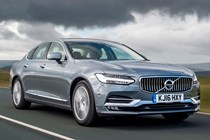
.jpg)
.jpg)
.jpg)
.jpg)
.jpg)
.jpg)
.jpg)
.jpg)
.jpg)
.jpg)
.jpg)
.jpg)
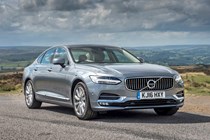
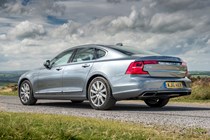
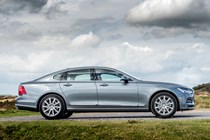
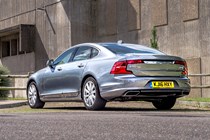
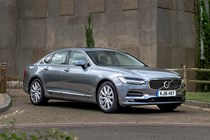

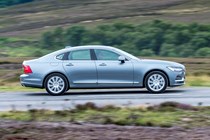
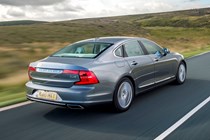
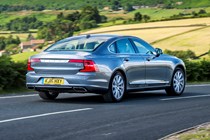
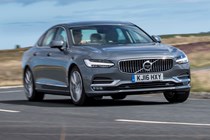
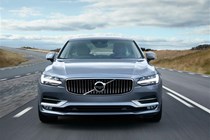
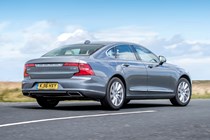
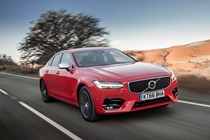
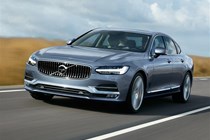
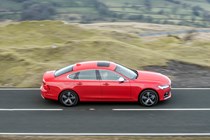
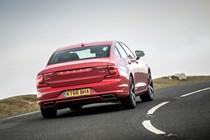
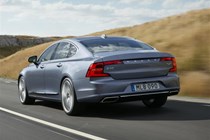

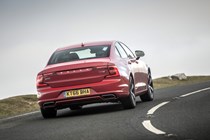

.jpg)
.jpg)
.jpg)
.jpg)
.jpg)
.jpg)
.jpg)
.jpg)
.jpg)
.jpg)
.jpg)
.jpg)
.jpg)
.jpg)
.jpg)
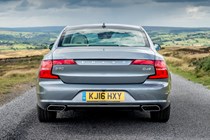
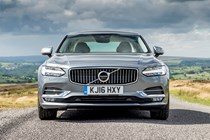
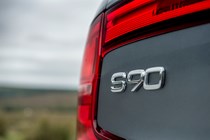
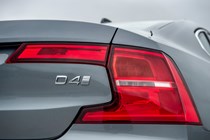
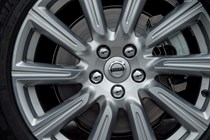
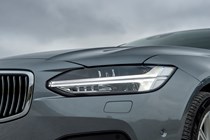
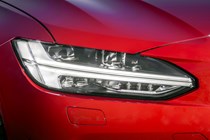
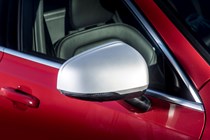
.jpg)
.jpg)
.jpg)
.jpg)
.jpg)
.jpg)
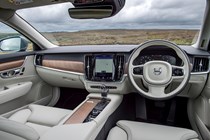
.jpg)
.jpg)
.jpg)
.jpg)
.jpg)
.jpg)
.jpg)
.jpg)
.jpg)
.jpg)
.jpg)
.jpg)
.jpg)
.jpg)
.jpg)
.jpg)
.jpg)
.jpg)
.jpg)
.jpg)
.jpg)
.jpg)
.jpg)
.jpg)
.jpg)
.jpg)
.jpg)
.jpg)
.jpg)
.jpg)
.jpg)
.jpg)
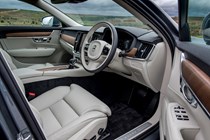
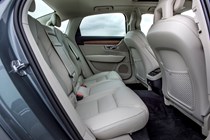

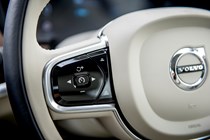
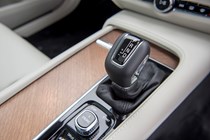
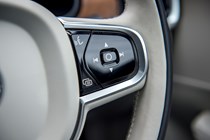
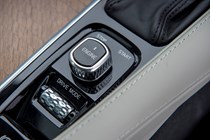
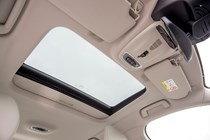
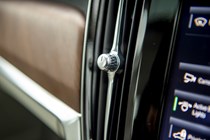
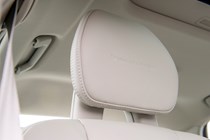
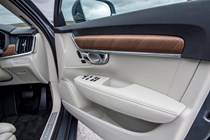
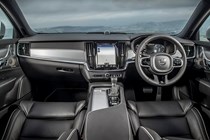
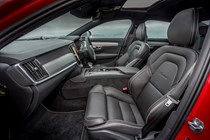
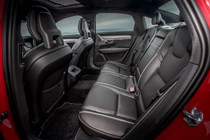
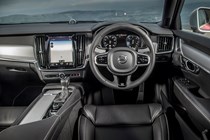
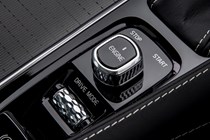
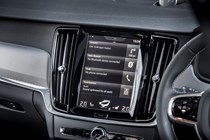
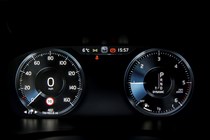
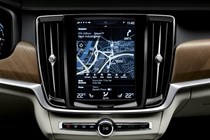

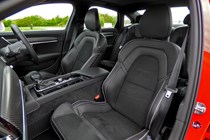
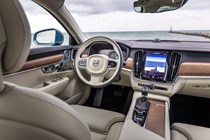
.jpg)
.jpg)
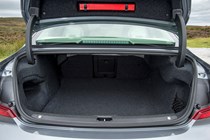
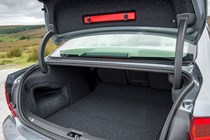
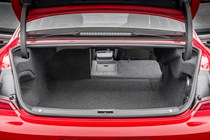
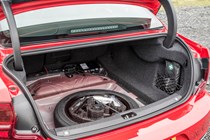
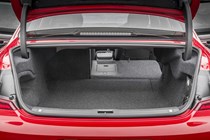
.jpg)
.jpg)
.jpg)
.jpg)
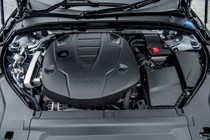
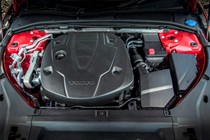

.jpg?quality=50)
.jpg?quality=50)
.jpg?quality=50)
.jpg?quality=50)
.jpg?quality=50)
.jpg?quality=50)
.jpg?quality=50)
.jpg?quality=50)
.jpg?quality=50)
.jpg?quality=50)
.jpg?quality=50)
.jpg?quality=50)




















.jpg?quality=50)
.jpg?quality=50)
.jpg?quality=50)
.jpg?quality=50)
.jpg?quality=50)
.jpg?quality=50)
.jpg?quality=50)
.jpg?quality=50)
.jpg?quality=50)
.jpg?quality=50)
.jpg?quality=50)
.jpg?quality=50)
.jpg?quality=50)
.jpg?quality=50)
.jpg?quality=50)








.jpg?quality=50)
.jpg?quality=50)
.jpg?quality=50)
.jpg?quality=50)
.jpg?quality=50)
.jpg?quality=50)

.jpg?quality=50)
.jpg?quality=50)
.jpg?quality=50)
.jpg?quality=50)
.jpg?quality=50)
.jpg?quality=50)
.jpg?quality=50)
.jpg?quality=50)
.jpg?quality=50)
.jpg?quality=50)
.jpg?quality=50)
.jpg?quality=50)
.jpg?quality=50)
.jpg?quality=50)
.jpg?quality=50)
.jpg?quality=50)
.jpg?quality=50)
.jpg?quality=50)
.jpg?quality=50)
.jpg?quality=50)
.jpg?quality=50)
.jpg?quality=50)
.jpg?quality=50)
.jpg?quality=50)
.jpg?quality=50)
.jpg?quality=50)
.jpg?quality=50)
.jpg?quality=50)
.jpg?quality=50)
.jpg?quality=50)
.jpg?quality=50)
.jpg?quality=50)






















.jpg?quality=50)
.jpg?quality=50)





.jpg?quality=50)
.jpg?quality=50)
.jpg?quality=50)
.jpg?quality=50)

